Stepping into chilled waters isn’t just a quirky quirk—it’s a preference backed by science. A classic study comparing drinking temperatures in dogs revealed a significant preference for cool water over lukewarm or warm options.
But cold water isn’t just a quirky preference—it has real benefits. In veterinary hydrotherapy, widely used and celebrated by professionals, water immersion is an incredible support for muscle relaxation, boosts circulation, and relieves joint discomfort. Think of it like a spa for pups: soothing yet invigorating.
Dogs built for the cold don’t just survive winter—they thrive in it, thanks to their thick double coats that act like nature’s ultimate insulation. If your home sees its fair share of snow, frosty mornings, or icy winds, these cold-weather dogs could be the perfect cozy companions to share it with. In this post, we’ll discover which dog breeds are happiest in icy showers and cold weather.
Dog Breeds That Love Cold Showers
Here are nine popular dogs:
1. Alaskan Malamute
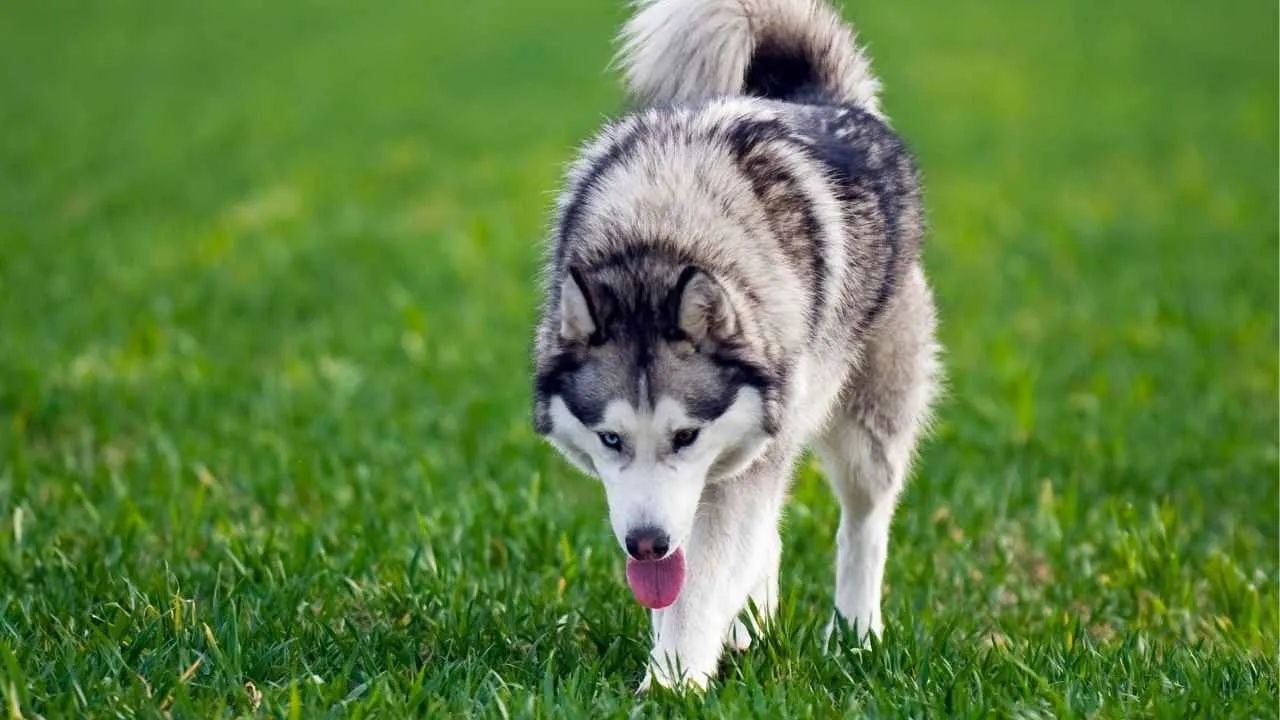
Bred by the ancient Mahlemut tribe of Alaska, the Alaskan Malamute is a true legend among cold-weather dog breeds. These strong, working dogs were originally used to haul heavy loads across long, icy distances, proving their power and endurance in some of the world’s most freezing conditions.
Malamutes have a thick double coat that offers serious insulation, making them perfect for winter play, snowy hikes, and even icy waters.
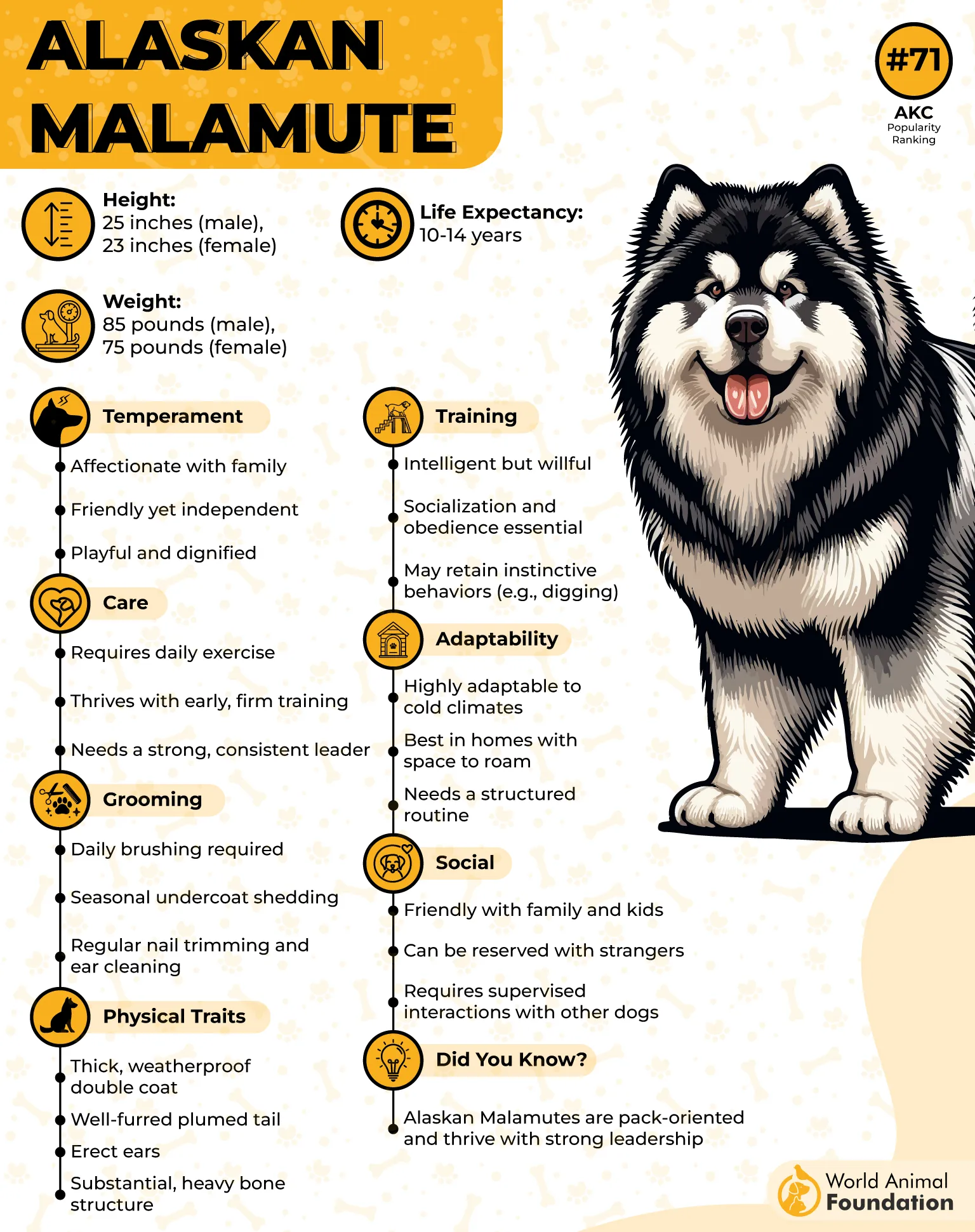
While they’re not known for barking much, these dogs are wonderfully expressive. They often howl, “talk,” and make other playful sounds to connect with their humans.
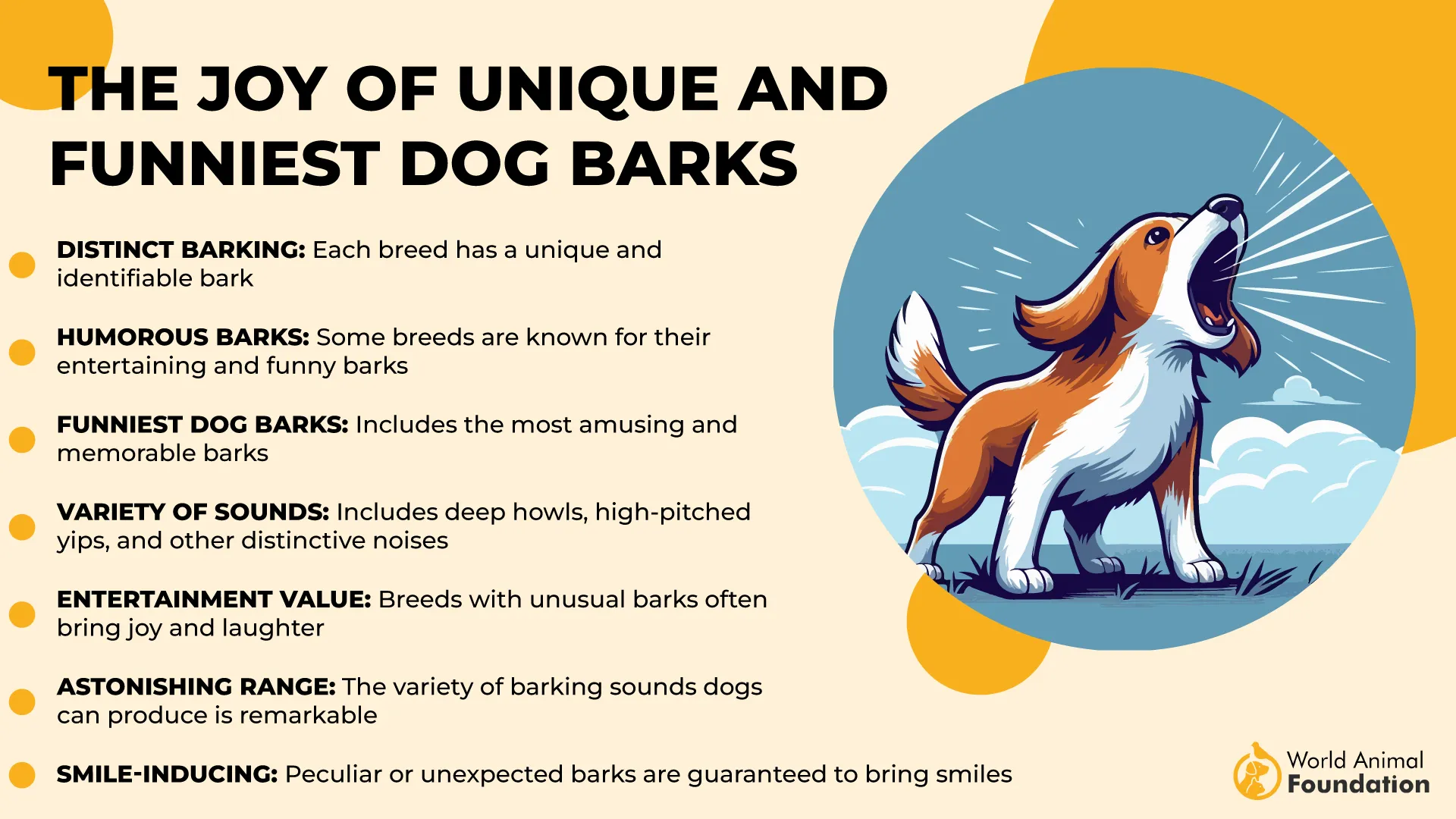
Their vocal nature adds an extra layer of fun to life with a Malamute. Being left alone for too long can lead to separation anxiety, so they do best with families that offer plenty of company, playtime, and affection.
2. Great Pyrenees
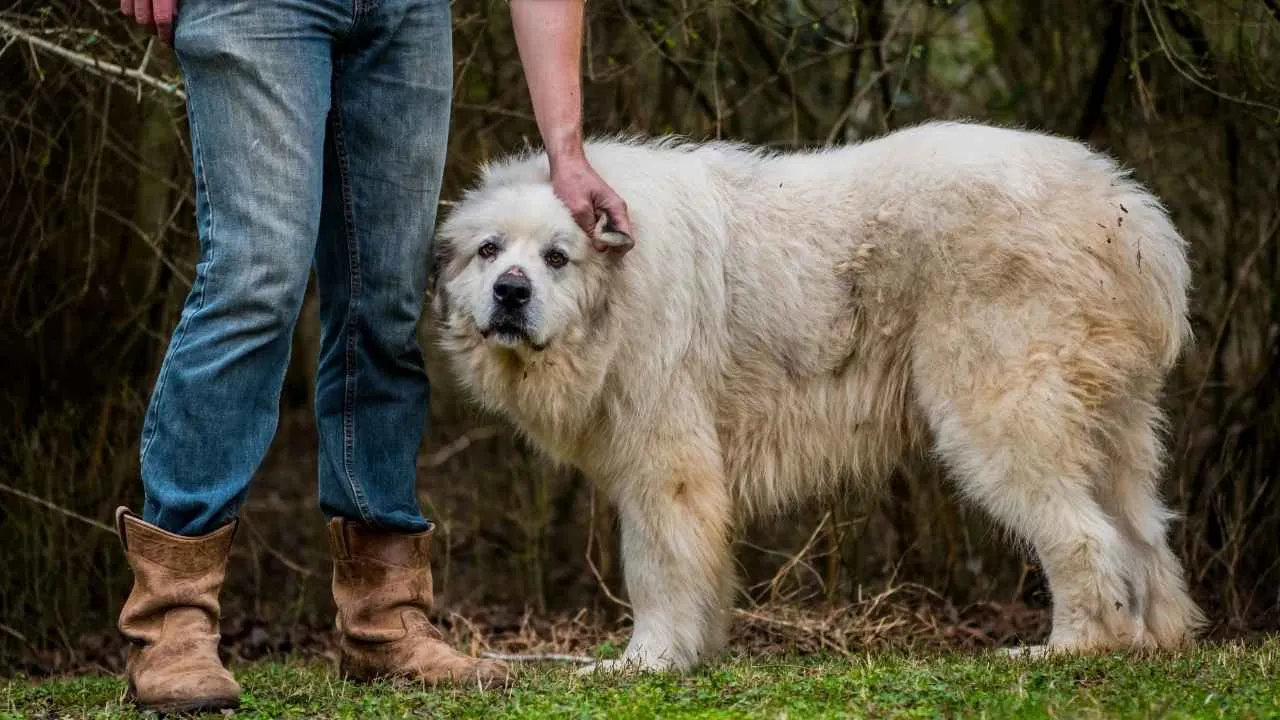
The Great Pyrenees is a majestic, snow-white giant bred for life in the cold, snowy heights of the Pyrenees Mountains in France. With a calm, watchful presence and weighing in at 85 to over 100 pounds, this powerful breed was born to protect and nurture.
According to the American Kennel Club, the Great Pyrenees was initially bred as a livestock guardian; it not only protected the flock but also formed a strong bond with them.
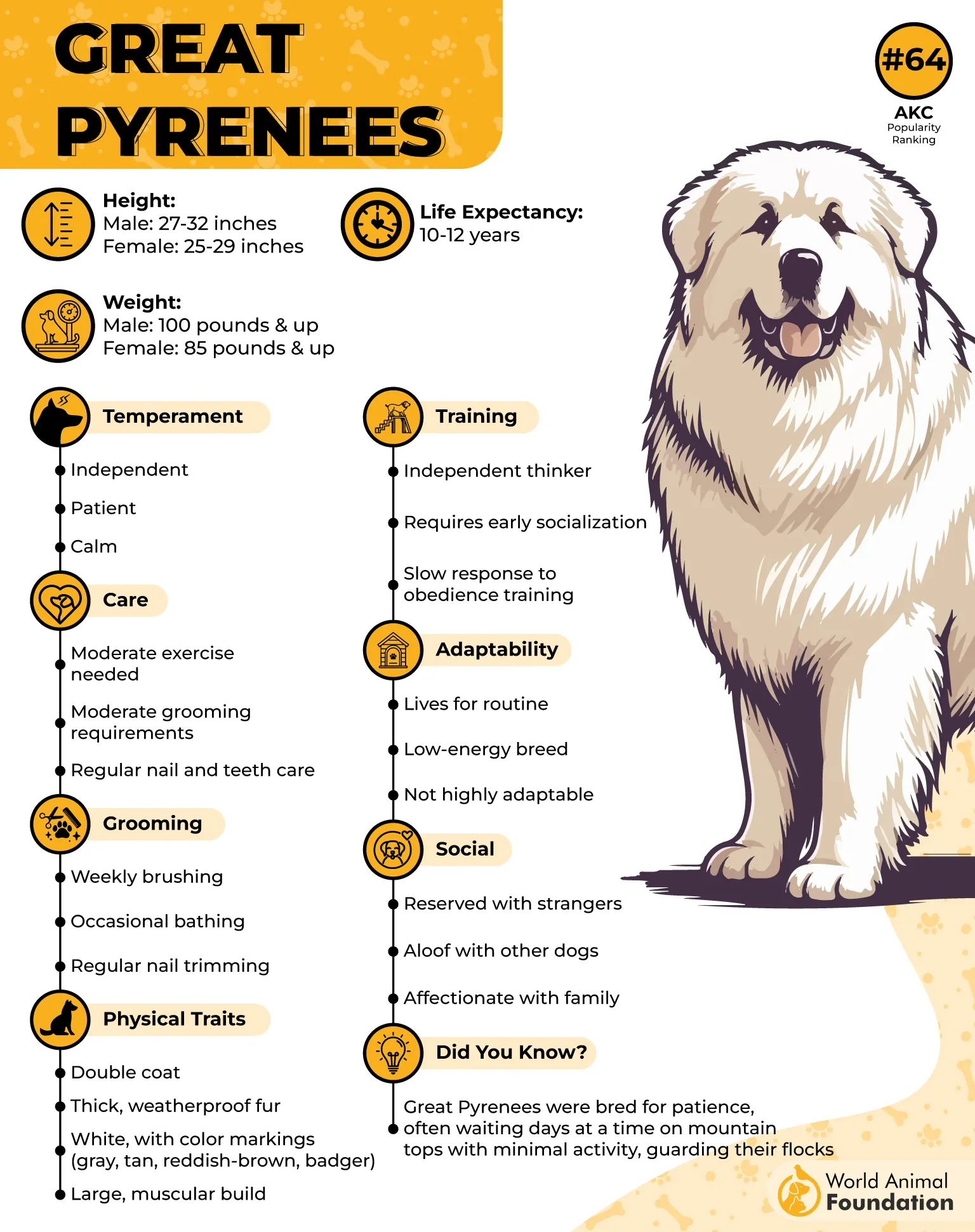
Their instinct is to watch, care for, and defend, making them incredible companions not just for sheep but also for families seeking a loyal and gentle protector. Their dense fur provides superb insulation, helping them stay warm and comfortable even when the ground is frozen and the snow is falling. No doubt they’ll jump into the cold shower without being asked.
3. Saint Bernard
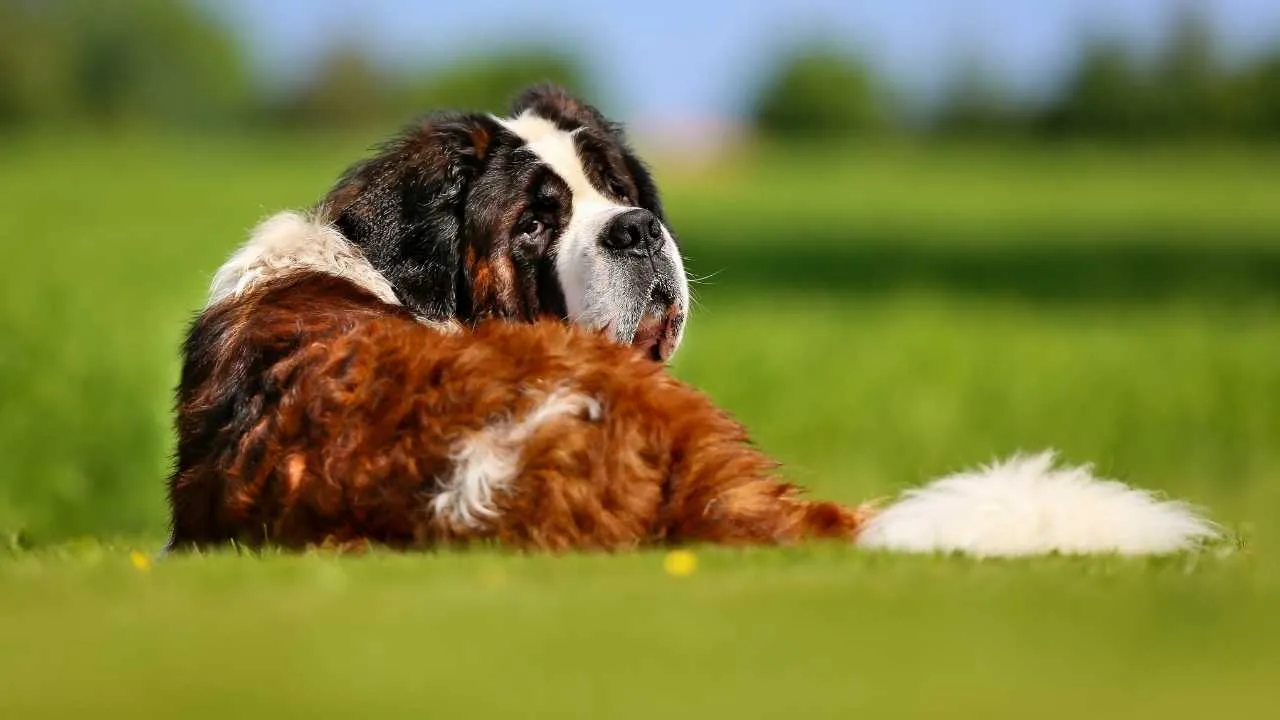
They are known around the world as legendary mountain rescue dogs. Saint Bernards have a heart as big as their massive frames. Originally bred by monks in the Swiss Alps, these dogs were trained to locate and assist lost travelers in snow-covered terrain.
Their thick coat and powerful build make them ideal for cold weather and winter conditions. They’re happiest in cool climates, as they’re naturally intolerant of heat. With their calm nature and resistance to icy environments, they’ve been lifesavers in the harshest alpine storms.
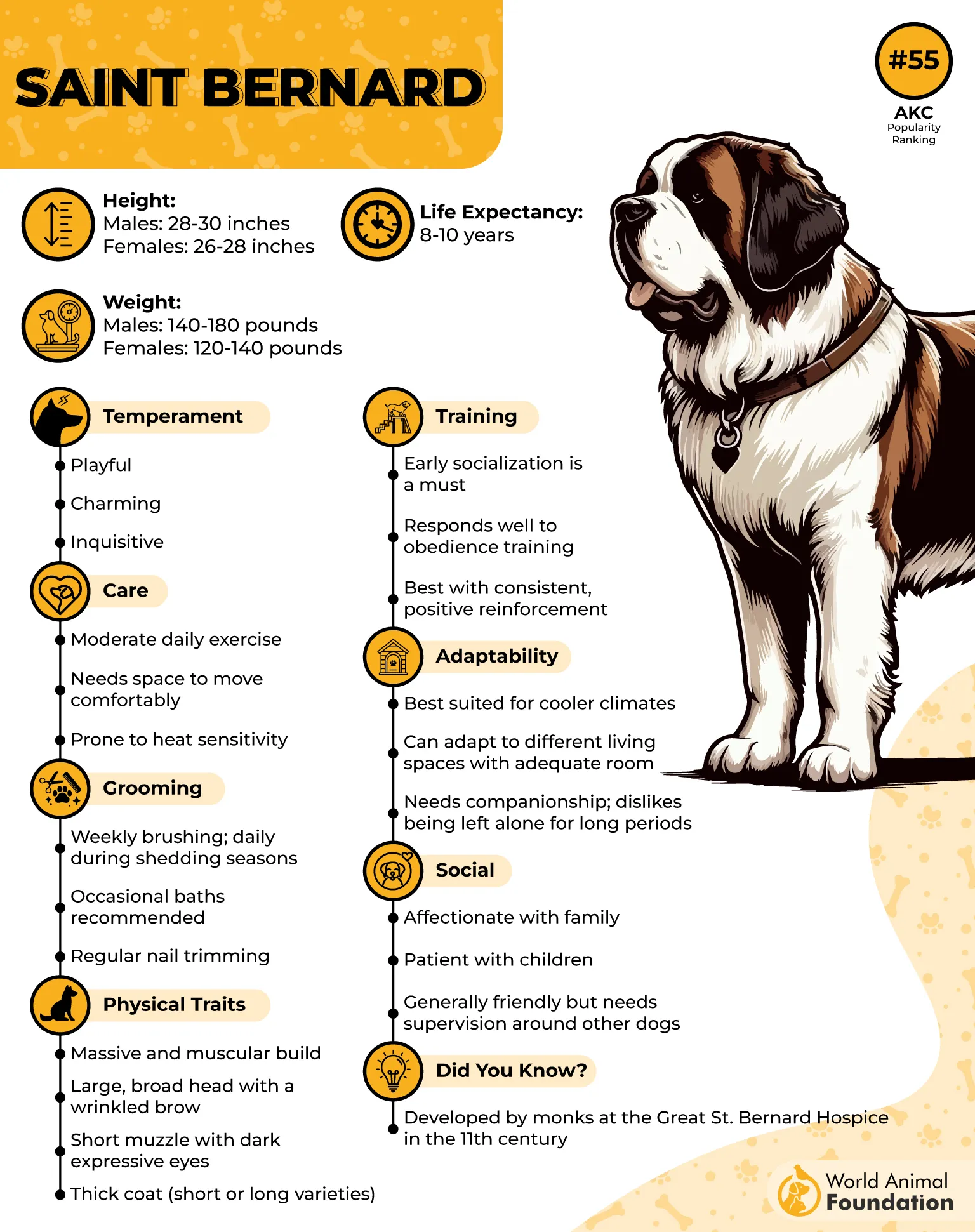
Unlike other working dogs, Saint Bernards have a low energy level. Because of their placid temperament, they require less food and exercise than other large dog breeds.
What makes the Saint Bernard stand out isn’t just its size—it’s their innate sense of duty. They seem to have a sixth sense for people in distress, a quality that’s deeply rooted in their ancient breed heritage.
4. Siberian Husky
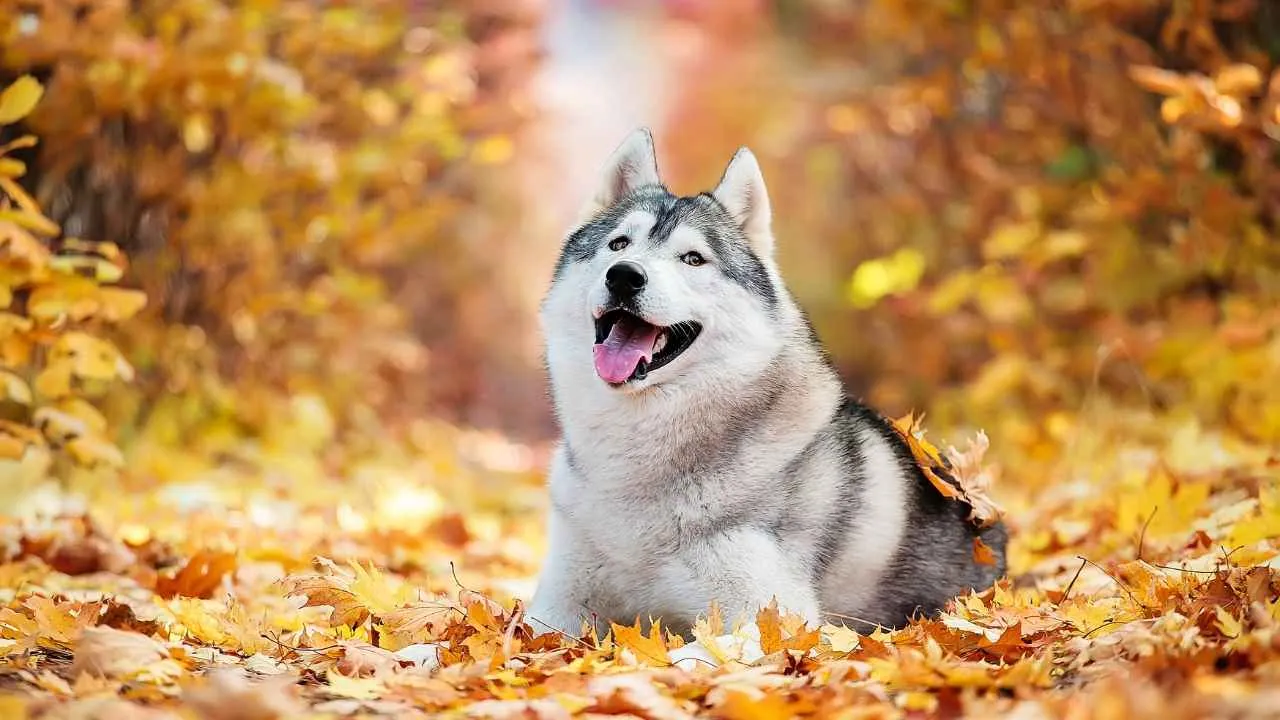
With their striking blue eyes, wolf-like appearance, and love for the outdoors, Siberian Huskies are one of the most iconic cold-weather dog breeds in the world. Originally bred by the Chukchi people of Siberia, these ancient sled dogs were made for pulling loads across frozen terrain and icy waters.
According to Hillspet, their fur doesn’t just offer insulation—it protects them against snow, ice, and chilling winter winds. Pet parents should watch for signs of frostbite or hypothermia, especially in extreme cold. If it’s too cold for humans, it’s probably too cold for dogs to be left outside for long.
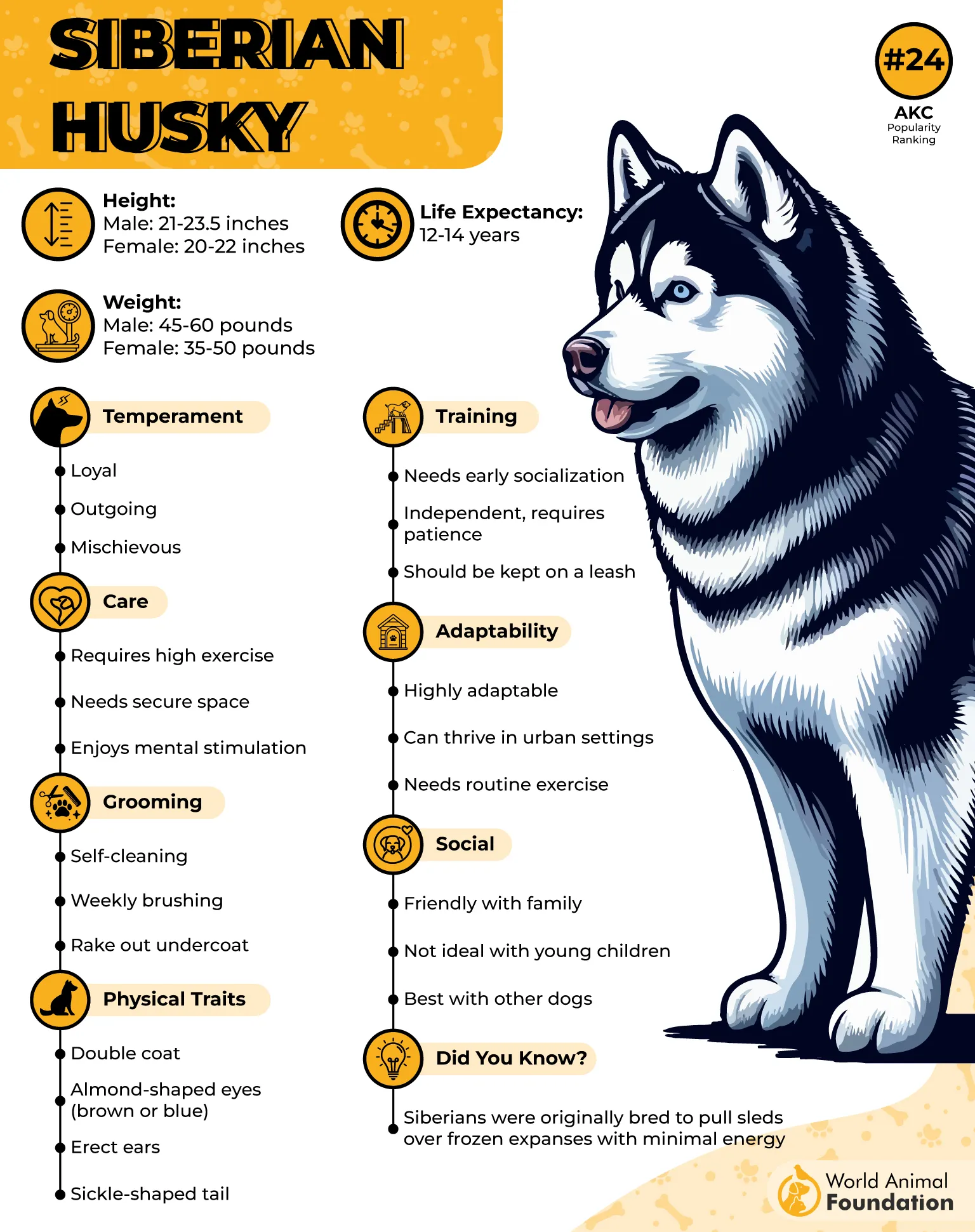
They’re clever, curious, and love to explore—traits that once helped them navigate miles of snow-covered ground. Their loyalty is strong, but don’t expect them to follow every command blindly—they like to do things their way.
5. Samoyed
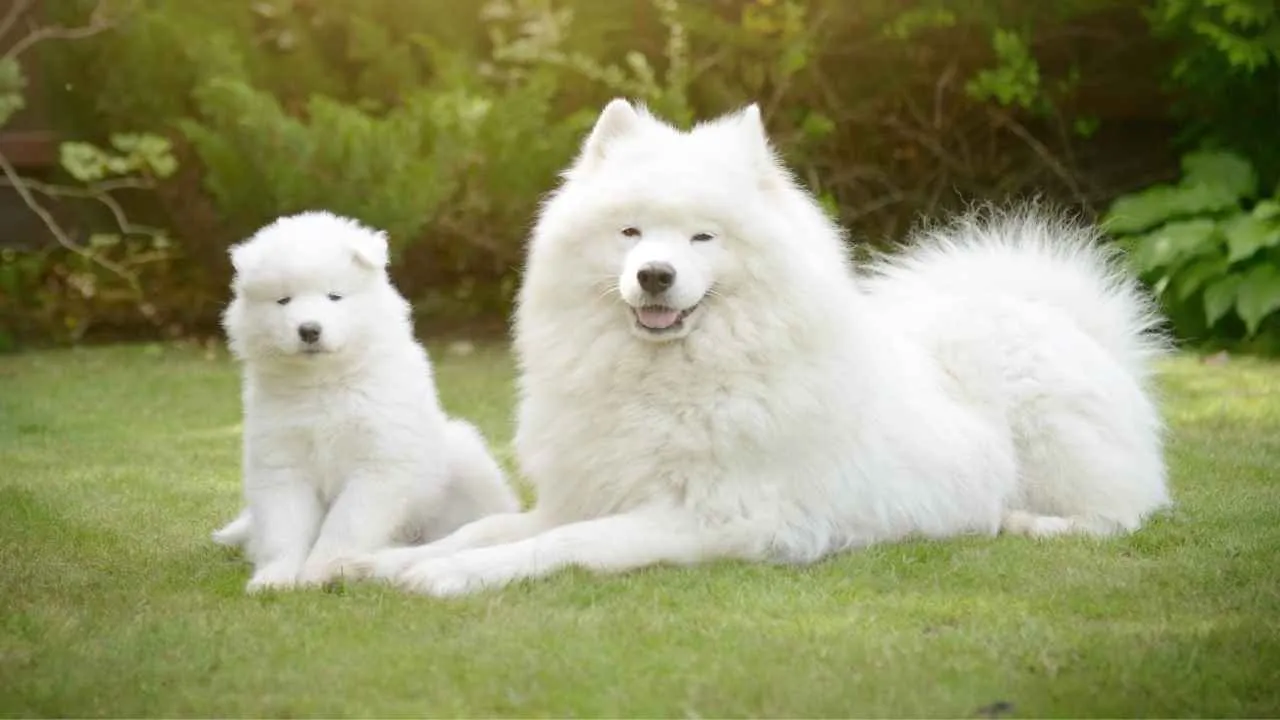
With their signature “Sammy smile” and cloud-like white fur, Samoyeds are one of the most popular dog breeds—they’re resilient, high-energy working dogs bred to thrive in cold conditions. Originally from Siberia, this ancient breed was developed by the Samoyede people to herd reindeer, pull sleds, and sleep beside their owners for warmth.
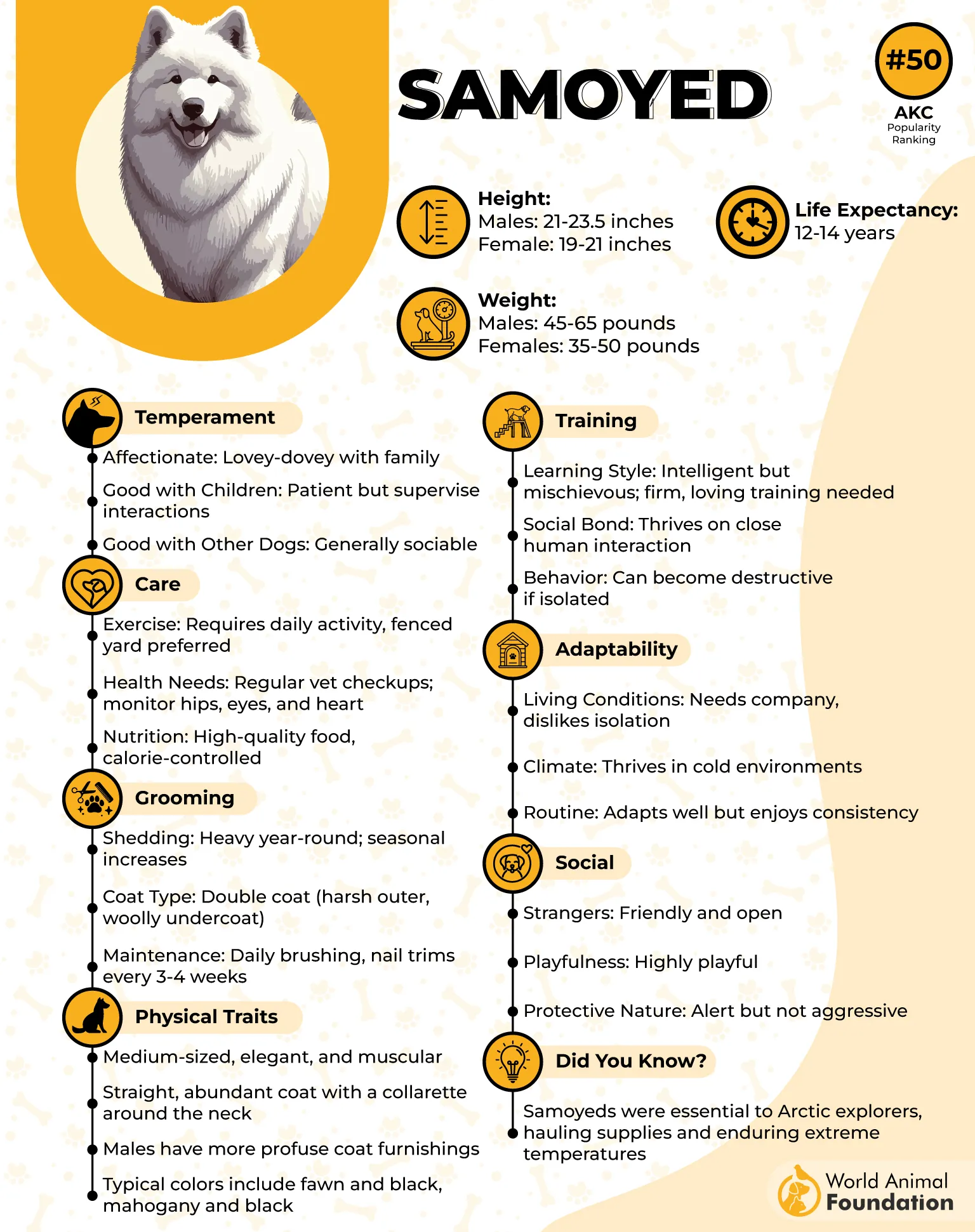
Samoyeds were part of several early South Pole expeditions, proving their endurance in the most extreme cold climates on Earth. Their personalities are often described as gentle yet strong-willed, offering a unique balance of charm and independence.
Their furry coat requires regular grooming to manage shedding, especially during seasonal changes. With roots in reindeer herding, they need plenty of exercise to stay mentally and physically fulfilled.
6. American Eskimo Dog
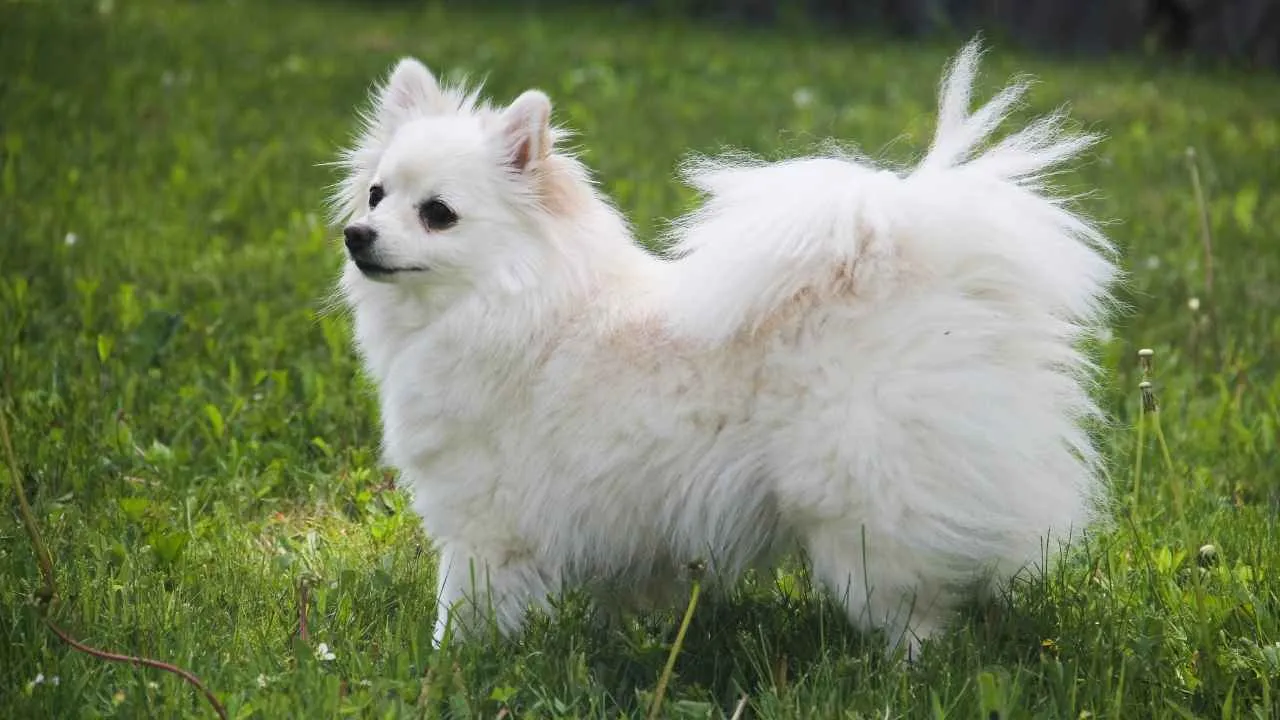
Don’t let their elegant appearance fool you—American Eskimo Dogs are as smart as they are stunning. With a dense, snow-white coat and lion-like ruff around their chest, they were built to shine in the cold while staying warm and alert. Their compact size makes them adaptable to both city apartments and spacious country homes.
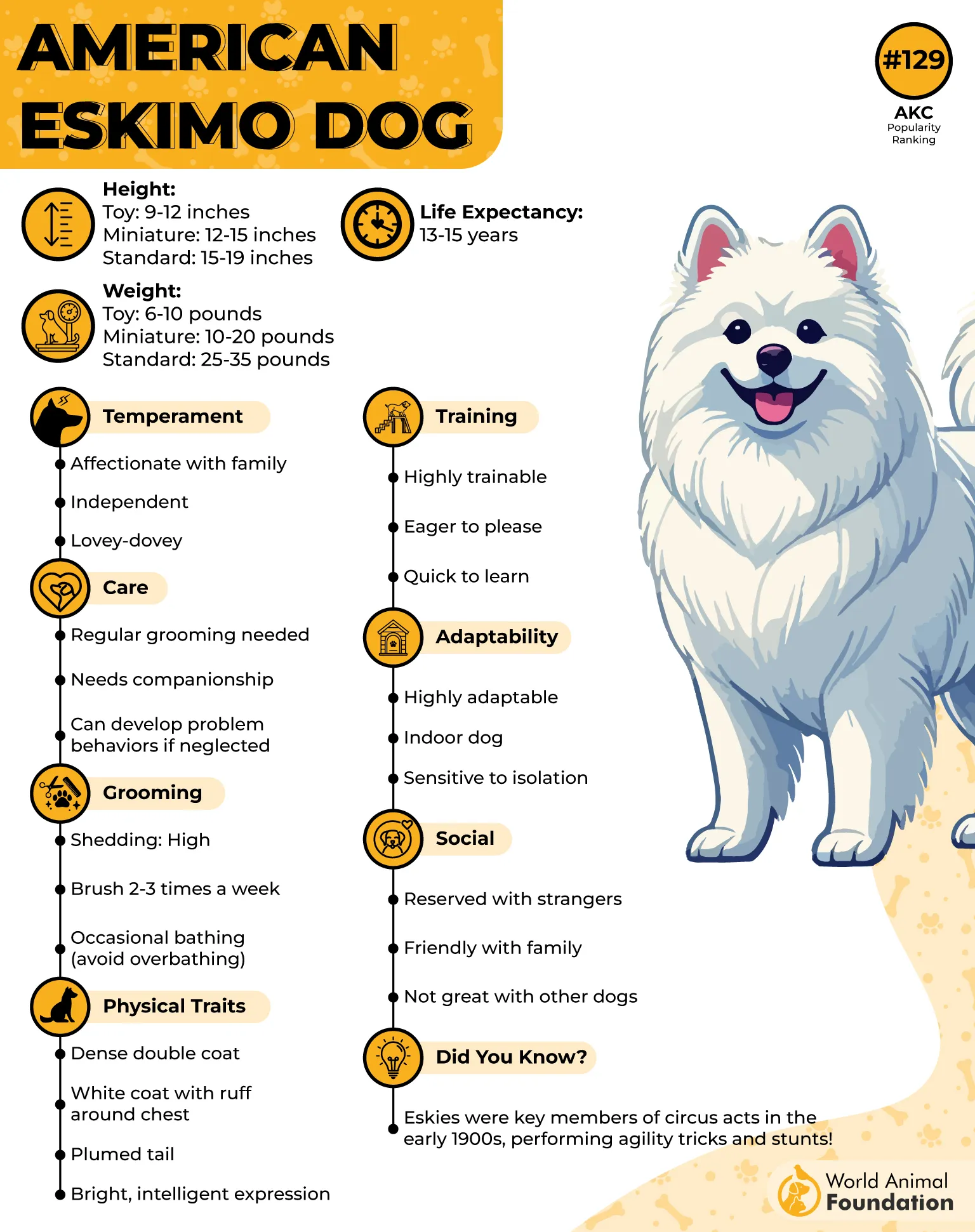
With a sharp bark, they make excellent watchdogs, always keeping an eye on their surroundings. While not overly hyper, they enjoy regular activity and play, maintaining a nice balance between calm and energetic. They are quick learners who can adapt easily to training routines and household life.
7. Bernese Mountain Dog
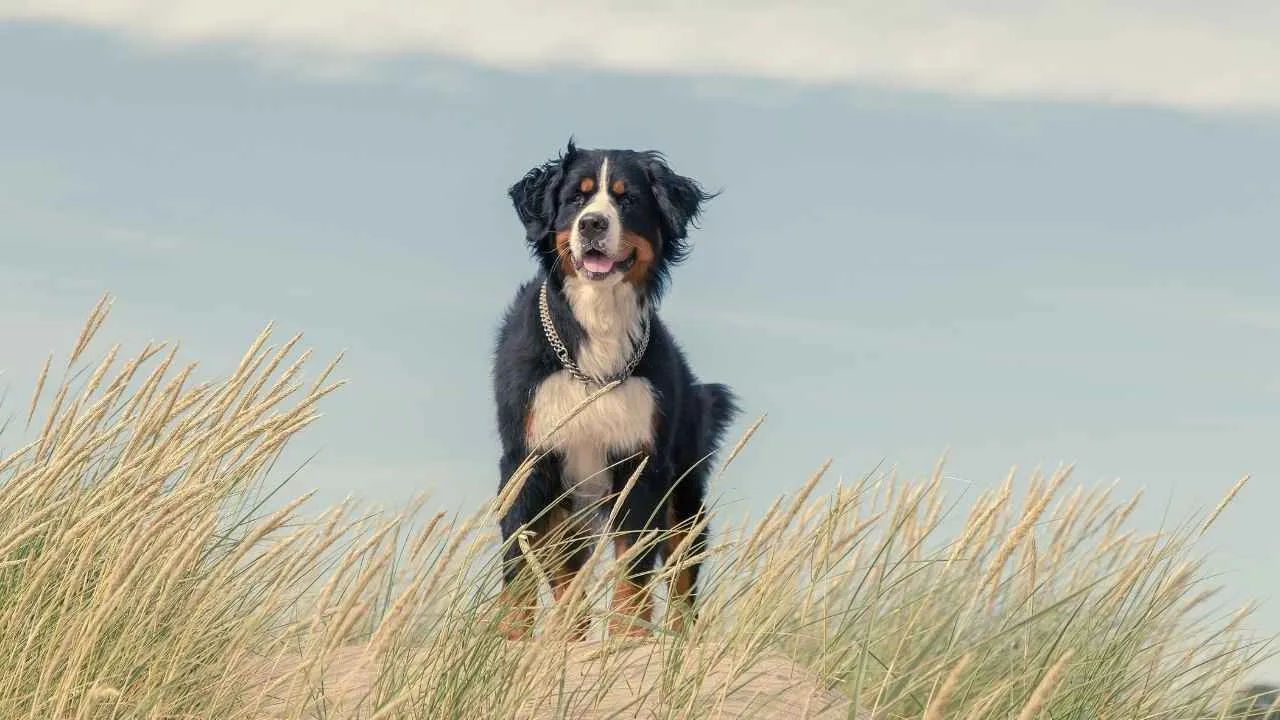
Once known on Swiss farms as loyal “cheese dogs,” the Bernese Mountain Dog earned their name by pulling carts of fresh dairy from the mountains to market. Today, their legacy lives on—not just in their love for hauling wagons in carting events, but in their strong bond with families, kids, and the outdoors.
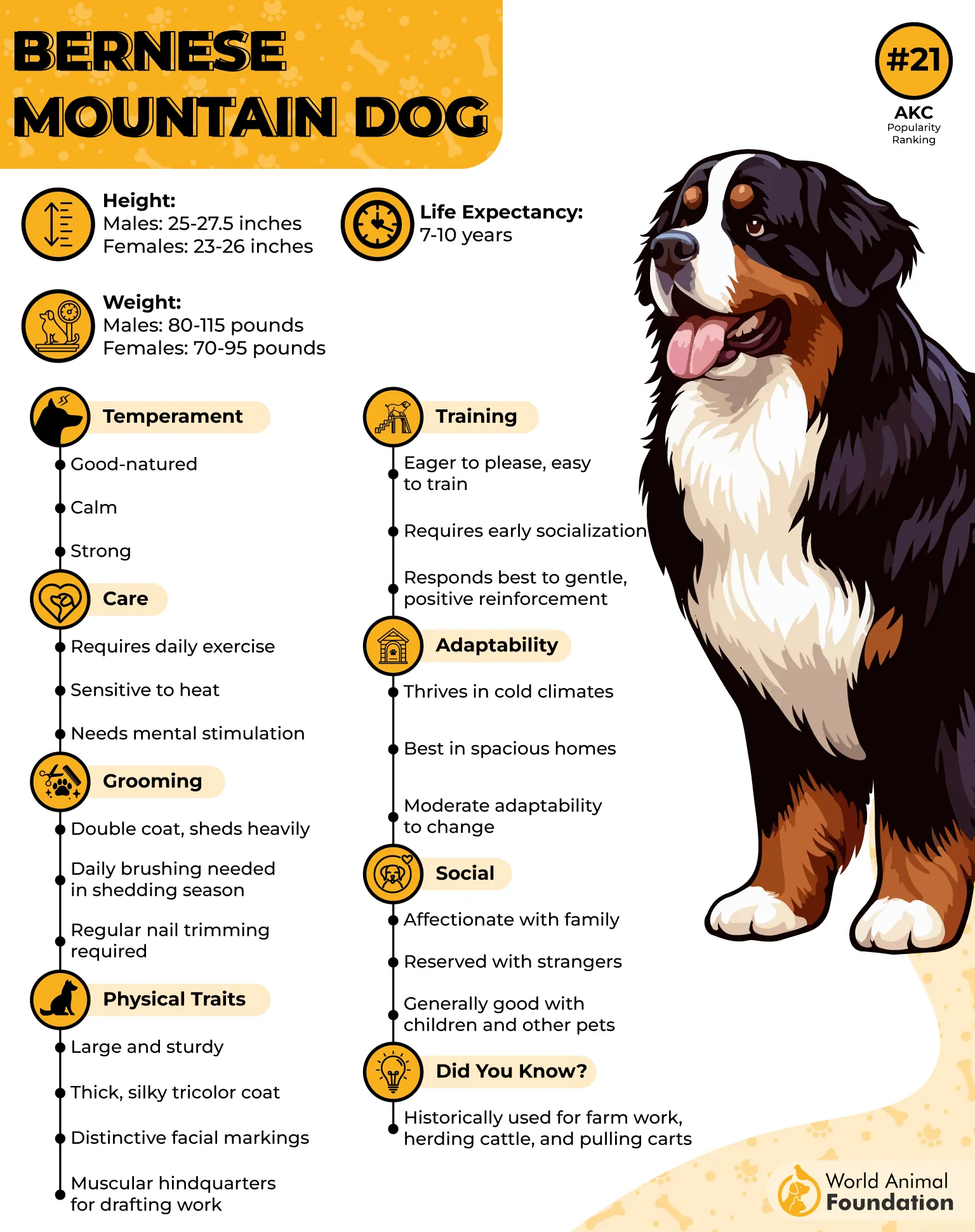
With a majestic tri-color coat of black, rust, and white, and dark, intelligent eyes, this working dog wears its heritage proudly. The thick fur provides both insulation and elegance, perfectly suited for cold climates and snowy adventures.
Their luxurious, thick coat and striking color pattern make them stand out wherever they go. Sadly, this breed tends to have a shorter lifespan, but every moment with them is filled with warmth, loyalty, and joy.
8. Newfoundland
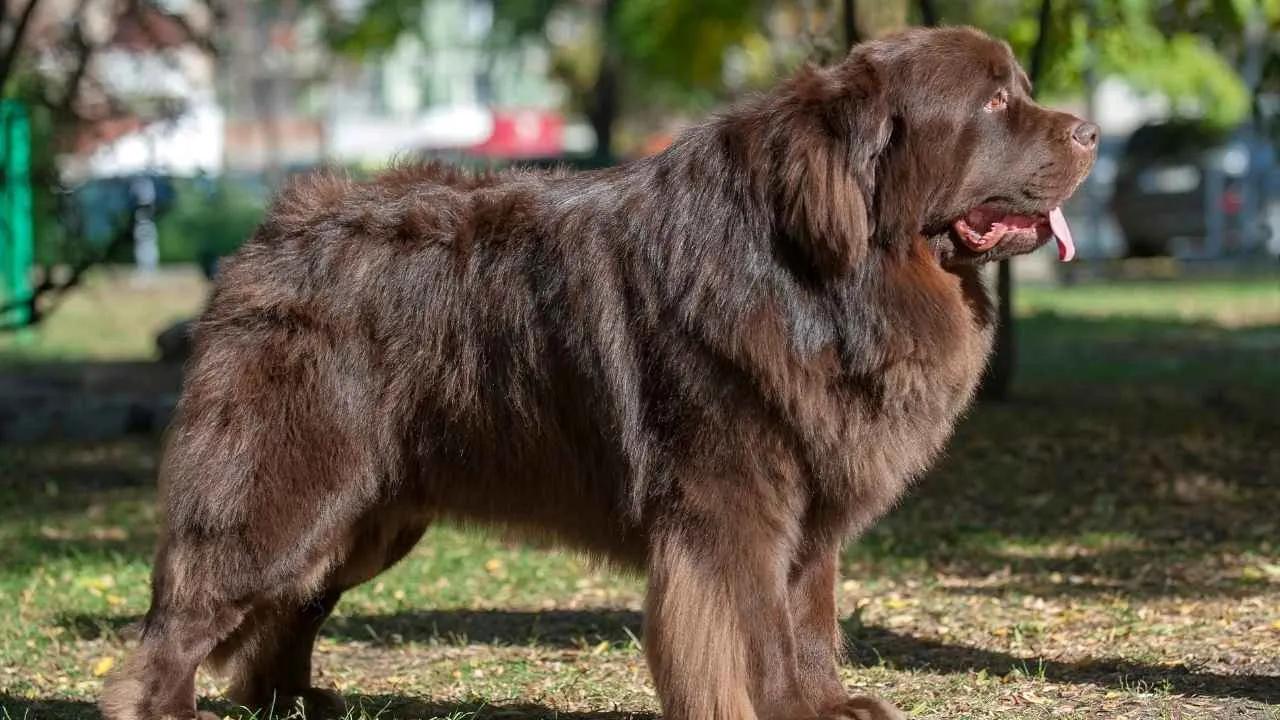
The Newfoundland is the gentle guardian of both land and sea. Known for their incredible strength and swimming ability, these water dogs were originally bred to perform heroic rescue work in icy waters off the Canadian coast. With webbed paws, powerful limbs, and thick coats, they’re perfectly built for cold weather and deep dives.
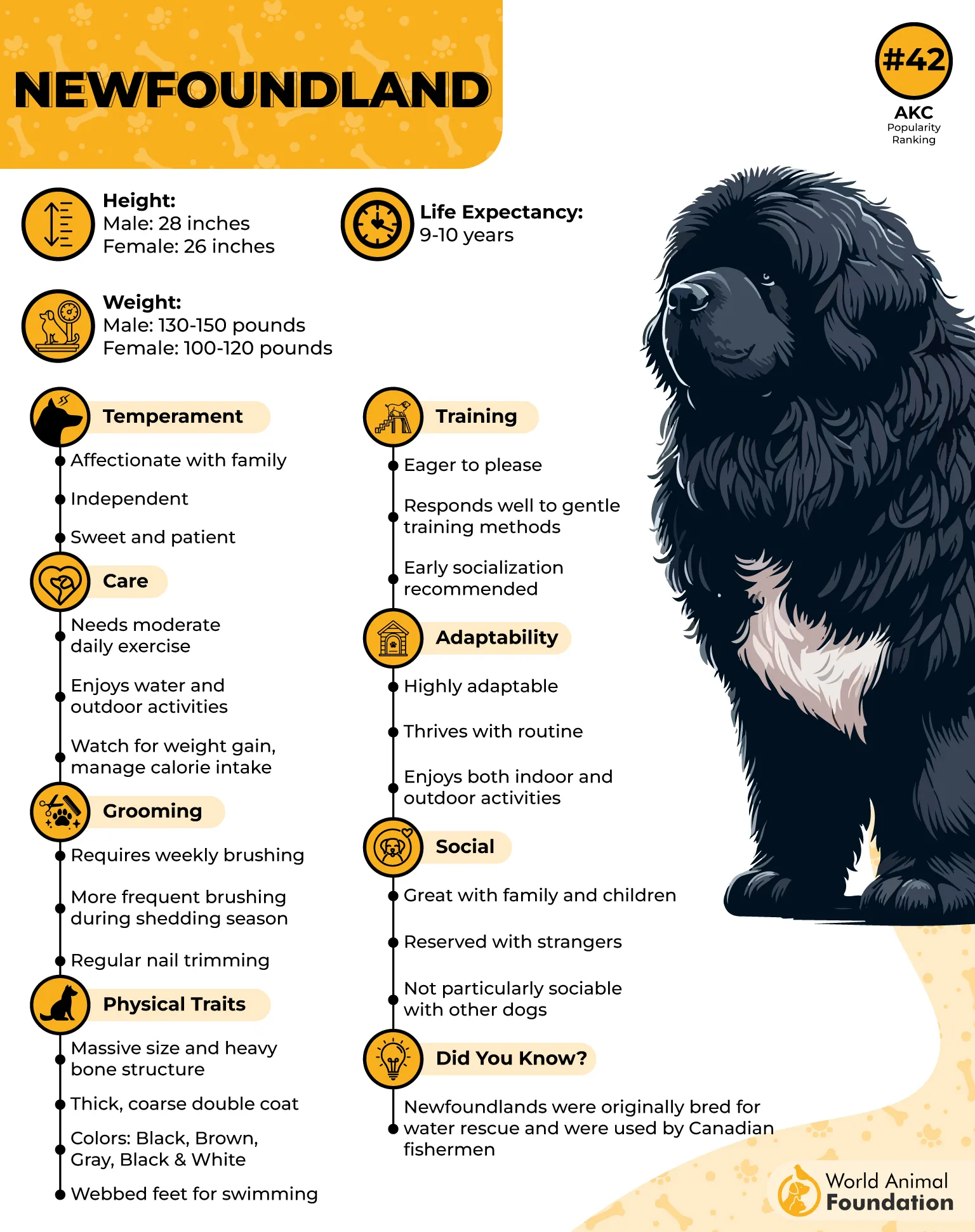
Newfoundland puppies can gain over 100 pounds in just their first year! Adult males average 130 to 150 lbs, while females range from 100 to 120 lbs, heavier than some grown humans.
To sustain that kind of growth, they require plenty of nourishment, especially during their early months. Despite their size, they’re surprisingly low-energy indoors.
9. Keeshond
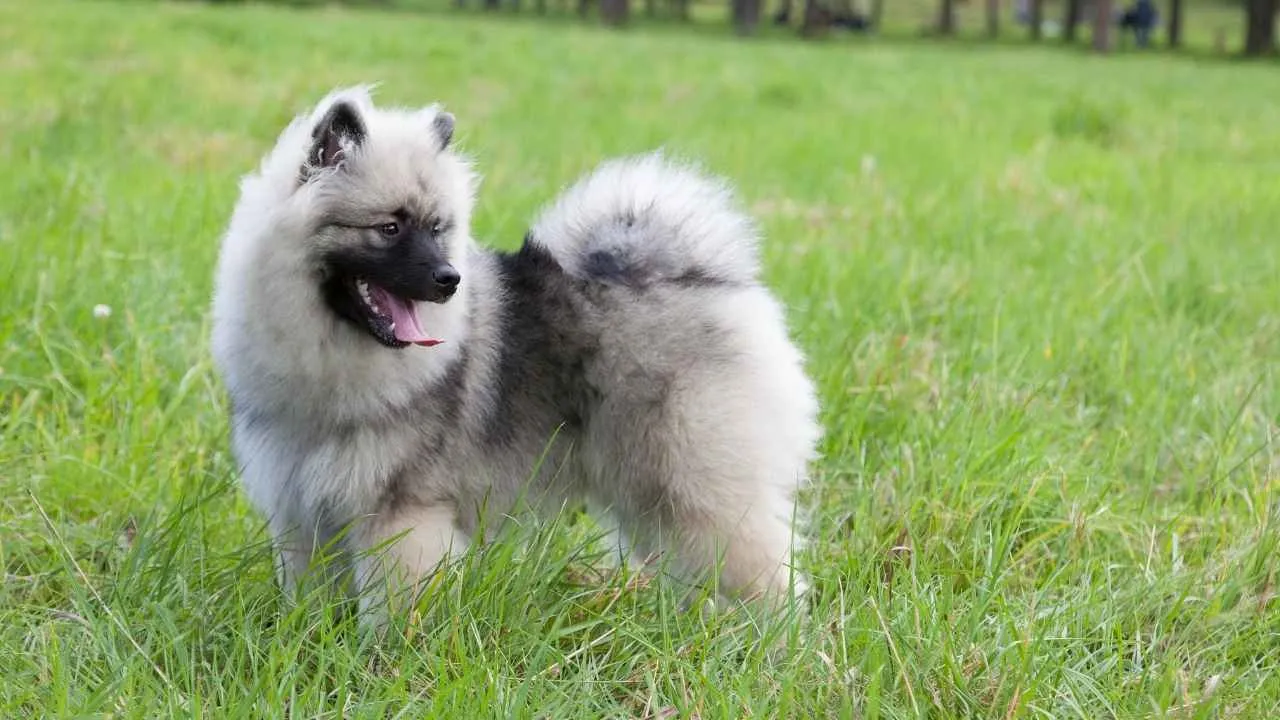
The Keeshond (pronounced KAYZ-hawnd) is more than just a fluffy charmer—it’s a dog with a legacy. In the 18th-century Netherlands, this breed became the unofficial mascot of the Dutch Patriot Party, symbolizing loyalty and resistance.
Originating in Holland as a barge dog, the Keeshond stood watch over boats and served as a loyal protector.
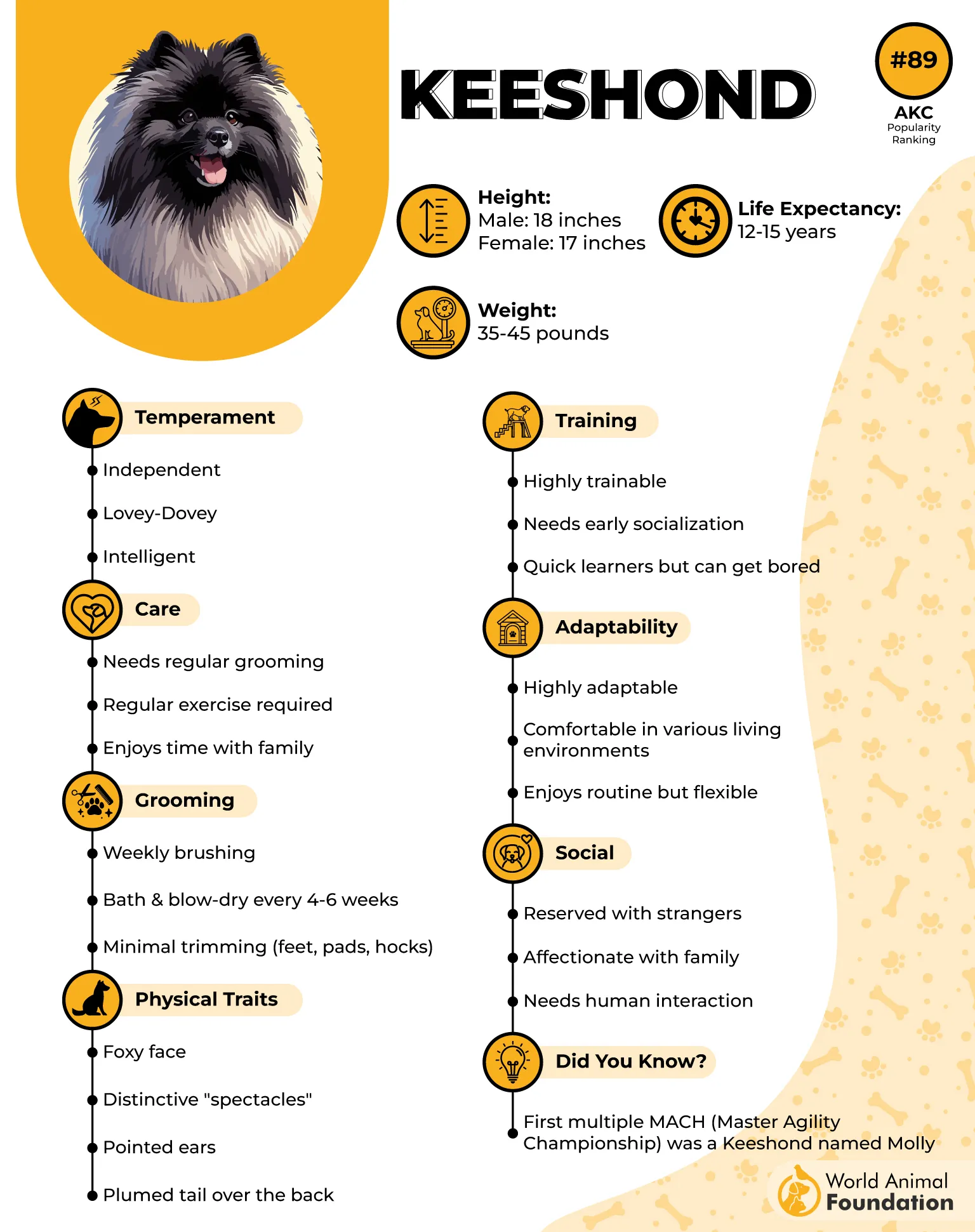
These fluffy friends are often considered hypoallergenic, making them a suitable option for families sensitive to pet dander.
While they do shed, their fur doesn’t trigger allergies as heavily as some other breeds, though regular grooming helps keep things under control. Keeshonds are known for their eagerness to please.
Conclusion
While most dogs might shy away from icy dips, there’s a remarkable group of cold-weather dog breeds that not only tolerate a brisk splash—they thrive in it. Their love of chilly environments isn’t just about the thick double coats or powerful paws. It’s about instinct, heritage, and the special connection these breeds have with humans, shaped by centuries of companionship, protection, and purpose.
For families who enjoy winter hikes, cool-weather camping, or simply want a playful partner for snowy adventures, these dogs are a perfect fit. They don’t just handle the cold—they turn it into a game. And in doing so, they remind us that sometimes, the coolest moments in life come with a shake of fur, a splash of water, and a loyal friend by your side.


